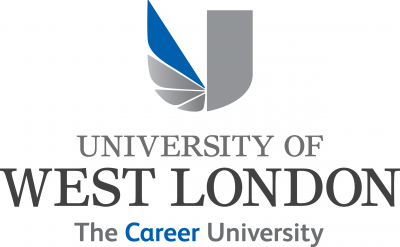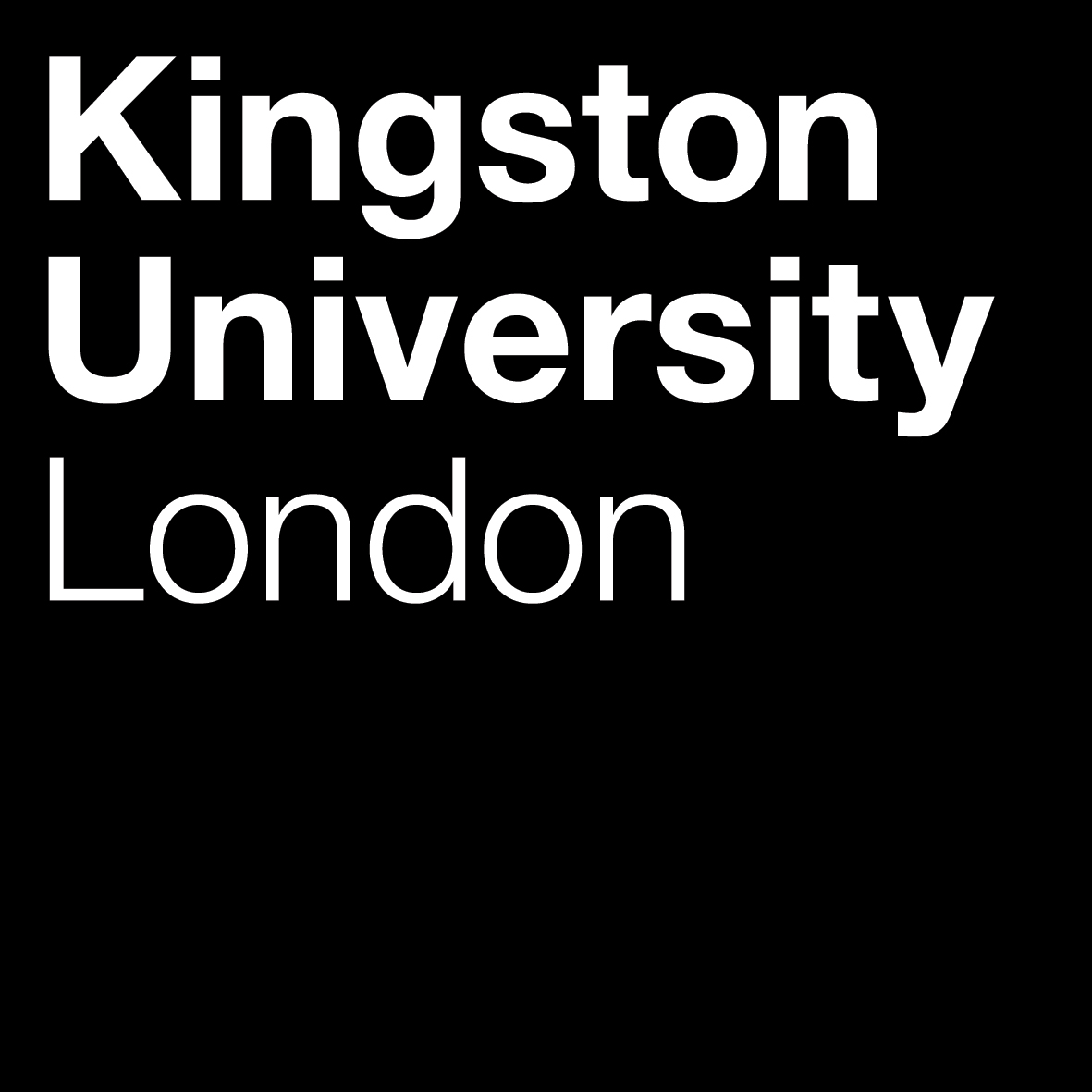29th June, 2023
You've been waiting for it and our May newsletter is here! -> bit.ly/3M9ICG6 pic.twitter.com/Iug9eWimQQ
21st February, 2014
London academics share unearthed mysteries from the capital through specially curated art and history walks
Fri 28 Feb – Sun 2 Mar 2014 | Across London | tickets £8.00 |
Ever wondered where London’s first theatre was built? What it was like to live in the Jewish Ghetto of Victorian East London? What links a samosa to The Odeon in Whitechapel, and where King’s Cross really is? The Cultural Capital Exchange (TCCE), a membership network for London’s academics are putting on a weekend of walks, where expert London academics will share their painstakingly researched secrets from London’s history with members of the public.
The range of highly eclectic and unusual walks will take place over the weekend in King’s Cross, Whitechapel, Shoreditch, Mile End, Farringdon and the City, spanning many topics and disciplines to include: The Lost Theatres of Shakespeare, Cinema and Migration, Public Lettering and Typography, Jewish Immigrant Life in London’s East End, Developing a Phenological Clock, Locating King’s Cross, and Walking and Reading in the City. Each walk lasts between one and two hours and costs £8, with bookings available online at: http://bit.ly/1bk5yZH
Phil Baines, Professor of Typography at Central Saint Martins will lead the walk Exploring London’s Rich Tradition of Letter Writing. He says, “This is walking with a purpose, looking up and down more than ahead. Seeking out the traces of who went before, and what they did, as well as admiring the skill and artistry of the letters they carved, painted, gilded or glazed.”
Tamara Atkin, Medieval and Renaissance English Lecture at Queen Mary University will lead the walk on The Lots Of Theatres of Shakespeare’s London. She says, “When you jump on a tube at Moorgate and emerge two stops later at Farringdon you imagine that you have travelled some considerable distance. But walking the same route, it’s immediately apparent just how small the city of London really is. One of the things I love about walks is the way they encourage us to reassess distance, to reimagine the ways that spaces are connected, both geographically, and also by and through the people and places that once populated familiar landscapes. Bringing together research into late medieval and early modern theatrical practice, this walk aims to animate the Elizabethan and Jacobean past, both through invoking the words spoken in theatres, taverns and on the streets of Shakespeare’s London, but also through the traces of his London that live on in the names of modern streets and buildings.”
Evelyn Wilson, Director, The Culture Capital Exchange, adds, “Walking is an activity that so many of us enjoy and there is always so much to discover about our city, its history and how we inhabit it today. Our research communities are continually at the forefront of revealing new and compelling stories about so many facets of our city, past and present, so curating the Winter Walking Weekend feels like a timely opportunity to bring to wider public attention some of the outstanding work taking place in our universities.”
Press contacts:
Pavla Kopecna | Pavla@ladburypr.com | 07702 805 887
Rebecca Ladbury | Rebecca@ladburypr.com | 07941 224975
Hi res images: https://www.dropbox.com/sh/4u8ntzli4emlc8h/OAzBJET72y
PROGRAMME OF WALKS:
(Please click on the titles below for further information and to book)
FRIDAY 28 FEBRUARY
Smithfields and St Bart’s: Exploring London’s rich tradition of public lettering
Walk Guides: Professor Phil Baines & Dr Catherine Dixon, Central Saint Martins.
Meet at 2pm, Farringdon Underground Station
Britain has a particularly rich tradition of public lettering, which encompasses formal carved inscriptions on grand buildings, as well as many more utilitarian examples. The visual success of the larger examples is due to a combination of factors in addition to the quality of the lettering itself. Scale, position and material all have a crucial role to play. Smithfield is an area dense with examples, from small scale architects’ dedications at St Bart’s, to grandiose naming by the Port of London Authority there is much to see, admire, and discuss.
The walk forms a circuit round the streets surrounding the market and includes St Bart’s, it starts and finishes at Farringdon Underground station.
SATURDAY 1 MARCH
Places of Play: The Lost Theatres of Shakespeare’s London
Walk Guide: Tamara Atkin, Queen Mary University London
Meet 11am, exact location will be revealed to participants
Think of Whitechapel and whatever you think of you probably don’t think of the theatre. But in 1567, Whitechapel was the location of London’s first purpose-built theatre, the Red Lion.
Ten years later, around the corner in Shoreditch a new theatre, The Theatre, had opened and the area continued to thrive as a centre for theatrical activity.
On this walking tour we’ll visit the sites of some of Elizabethan and Jacobean London’s most important theatres in east London: the recently rediscovered Curtain, where Henry V was first performed; The Fortune, for which the original dimensions still survive; and The Red Bull, notorious for attracting rowdy and occasionally criminally violent audiences. Today, with its clubs and pubs, galleries and shops, east London remains a centre for entertainment and this walking tour will seek out its origins as a place of play.
Where is King’s Cross? An AIR Silent Walk
Walk Guides: Tilly Fowler and Anna Hart, AIR Central Saint Martins
Meet at 2pm at King’s Cross, exact location will be revealed to participants
“I used to live in Kings Cross in the late 80s. In those days it was south of the Euston Road”
AIR makes silent walks to prompt paying attention to the everyday state of a place and the walks are often the beginning of something else. The ‘Where is Kings Cross’ walk has been developing over the last two years since Central Saint Martins moved to the Granary Square site. For TCCE’s Winter Walking Weekend it will weave two overlapping circles through the neighbourhood’s rapidly changing and increasingly contested public spaces.
AIR is live projects studio at Central Saint Martins working with student and professional artists through commissioning, research and experiential learning. AIR tests an expanded site-specific art practice responding to social, economic and political, built and lived qualities of place.
Walk Guide: Lizzi Kew Ross & Co, Trinity Laban
Meet at 4pm, Paternoster Square
In Walking and Talking Books walk participants will discuss one of series of books while walking through a number of interconnected routes in the City of London. The idea is based on an upcoming dance performance piece, Reading with Bach, which is inspired by observing people reading as they walk and read through the city. The books and their subjects that will form the starting points for these conversations include: Wolf Hall by Hilary Mantel on Thomas Cromwell; Hare with the Amber Eyes by Edmund de Waal on the collection of objects and Edgelands: Journeys into England’s True Wildness by Paul Farley and Michael Symmons Roberts on the contrasts of urban space and our ideas of wilderness.
SUNDAY 2ND MARCH:
Wild Walk: Helping to develop a phenological clock
Exploring natural seasonal events and enlisting observers/documenters for the local urban spring emergence.
Walk Guides: Fran Gallardo and Kathryn Yusoff, Queen Mary University, and Natalie Jeremijenko, Goldsmiths, NYU
Meet at 11am, Queen’s Building, exact location to be revealed to participants
Designed to introduce the walkers to local urban flora and fauna, the aim of this highly participative walk is to encourage people to take pictures of budding and blooming and other phenological events. These will then be uploaded to contribute to the development of local Phenological Clock. This is a clock that displays the times of blooming, budding, fruiting and migration events of local natural systems. Phenology is our most sensitive indicator of climate destabilization. The capacity to redesign our collective relationship to natural systems depends on our knowledge and intuitions of the complex web of interconnections that produce a healthy urban environment. This representation of time via the phonological clock aims to help point us towards a biodiverse and healthy future. Participants will be encouraged to continue their own ongoing observations and image collection throughout the season.
Into the Ghetto: Writing Jewish immigrant life in Victorian Whitechapel
Walk Guide: Dr Nadia Valman, Queen Mary, University of London
Meet at 2pm in Whitechapel, exact location to be revealed to participants
To mark the 150th anniversary of the birth of the Anglo-Jewish writer Israel Zangwill, this walk will use his extraordinary novel, Children of the Ghetto as a guide to Whitechapel.
First published in 1892 to great acclaim, Zangwill’s novel was the first to reveal the complex subculture of Jewish immigrant life in the ‘ghetto’ of London’s East End.
Set in the dilapidated terraced houses and raucous street markets of the Victorian East End, the novel evokes a Whitechapel that is both familiar and unfamiliar to us today.
In this walk, we will discover traces of Zangwill’s ‘ghetto’ in the streets of Whitechapel and Spitalfields and explore how its political, religious and social life was documented in his witty prose.
Samosas at the Odeon: Immigrants, cinema and everyday life in London’s East End
Walk Guide: Dr Gil Toffell, Queen Mary, University of London
Meet at 4pm on Brick Lane, exact location to be revealed to participants
The East End has long been recognised as a key site of multicultural settlement in Britain. Rarely discussed, however, is the important role the cinema has played in the communal life of immigrant groups in the area.
With particular focus on East London’s historical Jewish and South Asian communities, this walk will explore the rich and varied everyday life of now vanished cinema spaces – discussing how catcalls in Yiddish and the acrid tang of Jewish pickles wafting through the auditorium accompanied screenings at the ‘Pavilion Theatre’ on Whitechapel Road, and how Brick Lane’s ‘Naz’ became a base for political action against a rising far-right threat during the 1970s – as well as considering how these sites passed from one community to another.
About The Cultural Capital Exchange:
TCCE is a company promoting the exchange of Universities knowledge and expertise with the capital’s business, cultural and creative sectors. The members are: University of the Arts London, City University London, Royal Central School of Speech and Drama, Guildhall School of Music & Drama, King’s College London, Kingston University London, Middlesex University London, Queen Mary University of London, Royal Holloway University of London and Trinity Laban Conservatoire of Music and Dance.
You've been waiting for it and our May newsletter is here! -> bit.ly/3M9ICG6 pic.twitter.com/Iug9eWimQQ





